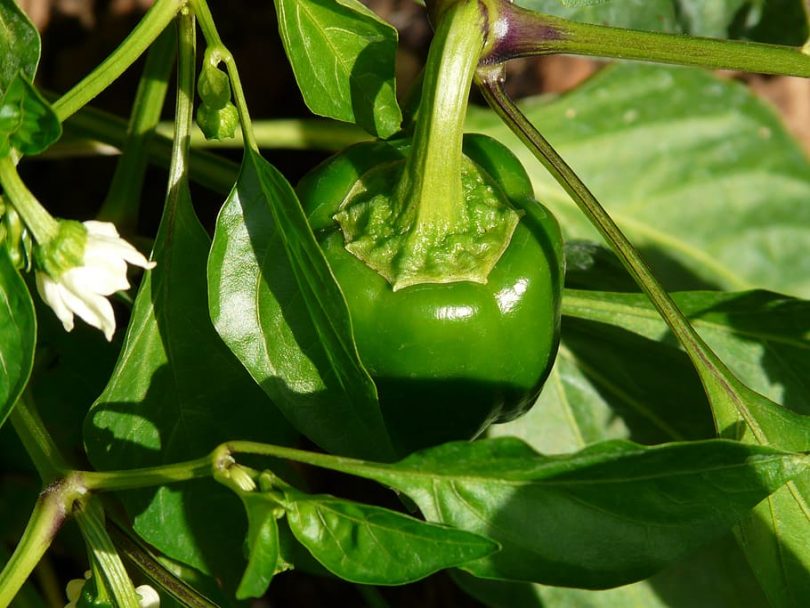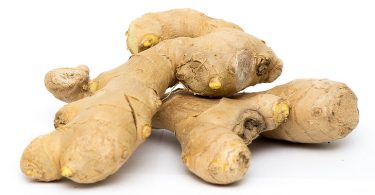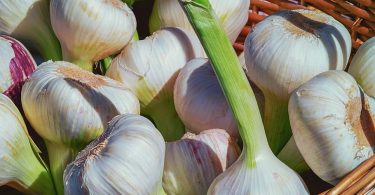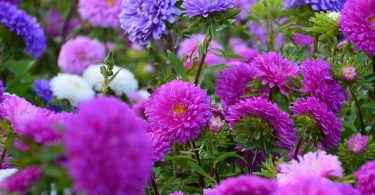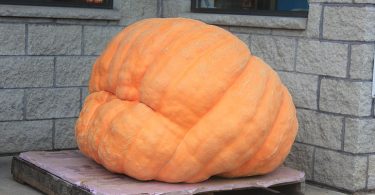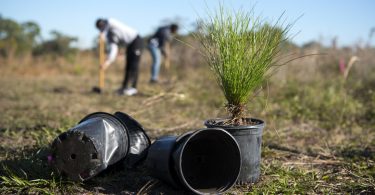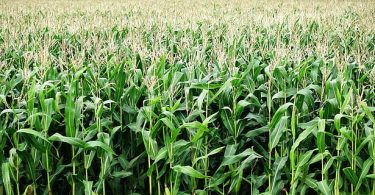Peppers have always been one of the more popular vegetables in the home garden. Growing pepper plants is easy. Bell peppers, and many hot peppers, are native to Central and North America. A wide range of hot pepper varieties are also native to Asia, most notably Thailand and China.
It used to be that any grower who liked peppers, would plant several sweet green bell pepper plants in their garden. Several weeks later, they would harvest some great tasting fruit. No difficult decisions on the variety. And, home grown peppers are not difficult to grow.
Today’s gardeners enjoy the opportunity to select between a tremendous array of choices. You can pick sweet or hot. When it comes to hot, there are varying degrees of hot. The debates rage as to who has the hottest pepper. Varieties from Mexico, China and Thailand usually are the hottest.
You also get to select color. There are a wide variety of colors to choose from, versus the “plain old green” ones which were the only choices your parents and grandparents had to choose from. There are a number of yellow, red, and orange colors. There is even a variety with a striking purple color.
After you are done selecting hot/sweet and color, don’t forget shape. There are traditional “bell pepper” shapes, long and slender, and of course round or “cherry peppers”.
Whatever your preference, seed catalogs and garden stores cater to the high demand and wide variety of peppers.
Did you know?: A sweet green pepper is a pepper that is not yet ripe. Let it grow, and it will turn red. The texture will change markedly, and the flavor will change as well.
Varieties:
- By far the most popular pepper remains the sweet green bell pepper.
- Banana Peppers with many hot varieties.
- Cherry peppers
- Did you know? Paprika is a pepper!
Sowing Pepper Seeds:
Peppers are best started indoors, eight to ten weeks or more before the last frost date for your area. Pepper seeds can be a difficult seed germinate, and seedlings grow slowly. Many growers simply visit their local garden store for seedling to transplant. Avid garden hobbiests find pleasure in a new challenge, and start their own pepper plants indoors.
Tip:
Provide bottom heat or heat lamps to raise the soil temperature to 80 degrees. This will promote better and quicker germination.
Buy Germination Heating Mats – for an overall healthy start for your seedlings.
Days to Maturity:
70 to 90 days or more, depending upon the variety. Read the package for the specific time for the variety you acquire.
Days to Maturity:
70 to 90 days or more, depending upon the variety. Read the package for the specific time for the variety you acquire.
How to Grow Peppers:
Select a location in your garden that receives full sun. Prepare the garden, adding plenty of compost, manure, and a general fertilizer.
No matter what type of pepper you grow, they like the weather hot. Transplant young seedlings outdoors after the last chance of frost. If the weather is still cool, delay transplanting a few days, and keep them in a coldframe, indoors or next to the house.
Space 18-24 inches apart, in rows 24 to 36 inches apart. This spacing may vary somewhat by variety.
Pepper plants prefer moist soil. Avoid wet soil. Water regularly in the hot, dry summer months.
Add mulch around the peppers to keep down weeds, and to retain moisture. As the peppers develop, switch over to a fertilizer higher in Phosphorous and Potassium. Gardeners often make the mistake of providing too much nitrogen. The result is a great looking bushy, green plant, but few fruit.
Tip:Peppers are self pollinators. Occasionally, they will cross pollinate from pollen carried by bees or other insects. To minimize this possibility, don’t plant hot and sweet peppers too close. Don’t worry though, as it will not affect the fruit of this year’s crop. The cross will show up in the genetics of the seeds, if you save them.
Harvesting:
Peppers can be picked as soon as they reach a size which is edible.
Insects and Pests:
Several insects enjoy your pepper plants. Spider mites and aphids are the most common, with an occasional borer. In many areas, it is infrequent. For the infrequent problem, try an organic insecticide or dust.
Disease:
While many viruses and diseases can affect Peppers, it is somewhat infrequent. Fungal infections can be treated with fungicides. Apply treatment as soon as you see it.
Hardiness:
No doubt about it, peppers do not like frost. In the spring, frost will stunt or kill the plants. Cold weather can cause the plant to slow down or stunt it. In the Fall, cover the plants, if frost is expected. Use a hot cap in on cold and frosty spring nights. If they are vented, they can they left on all day.
Tip:For a quick cover-up on cold fall nights, use five gallon buckets. They are the perfect size, and can be quickly placed over the plant.
A little bit about Hot Peppers:
The ingredient in peppers that makes the “hot” sensation is called Capsaicin. A sweet green pepper is devoid of this chemical. The hotter the pepper, the more the level of Capsaicin. It is measured in parts per million (ppm).
Info by : http://www.gardenersnet.com
https://gardener-pro-ok.blogspot.com/2009/01/how-to-grow-pepper-plants.html
